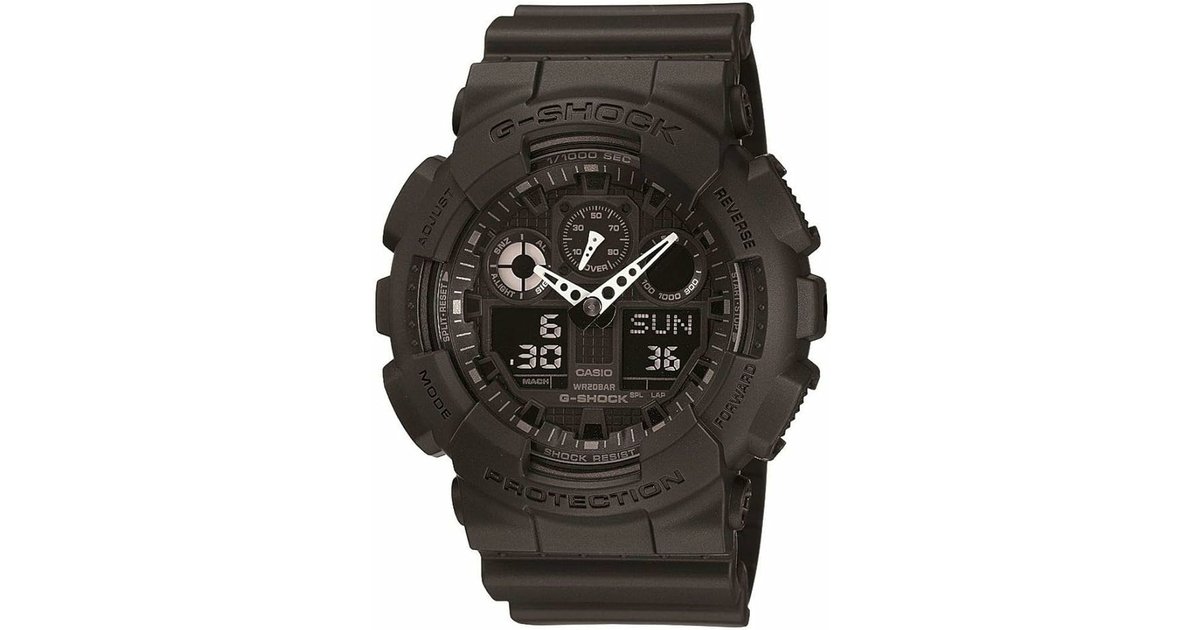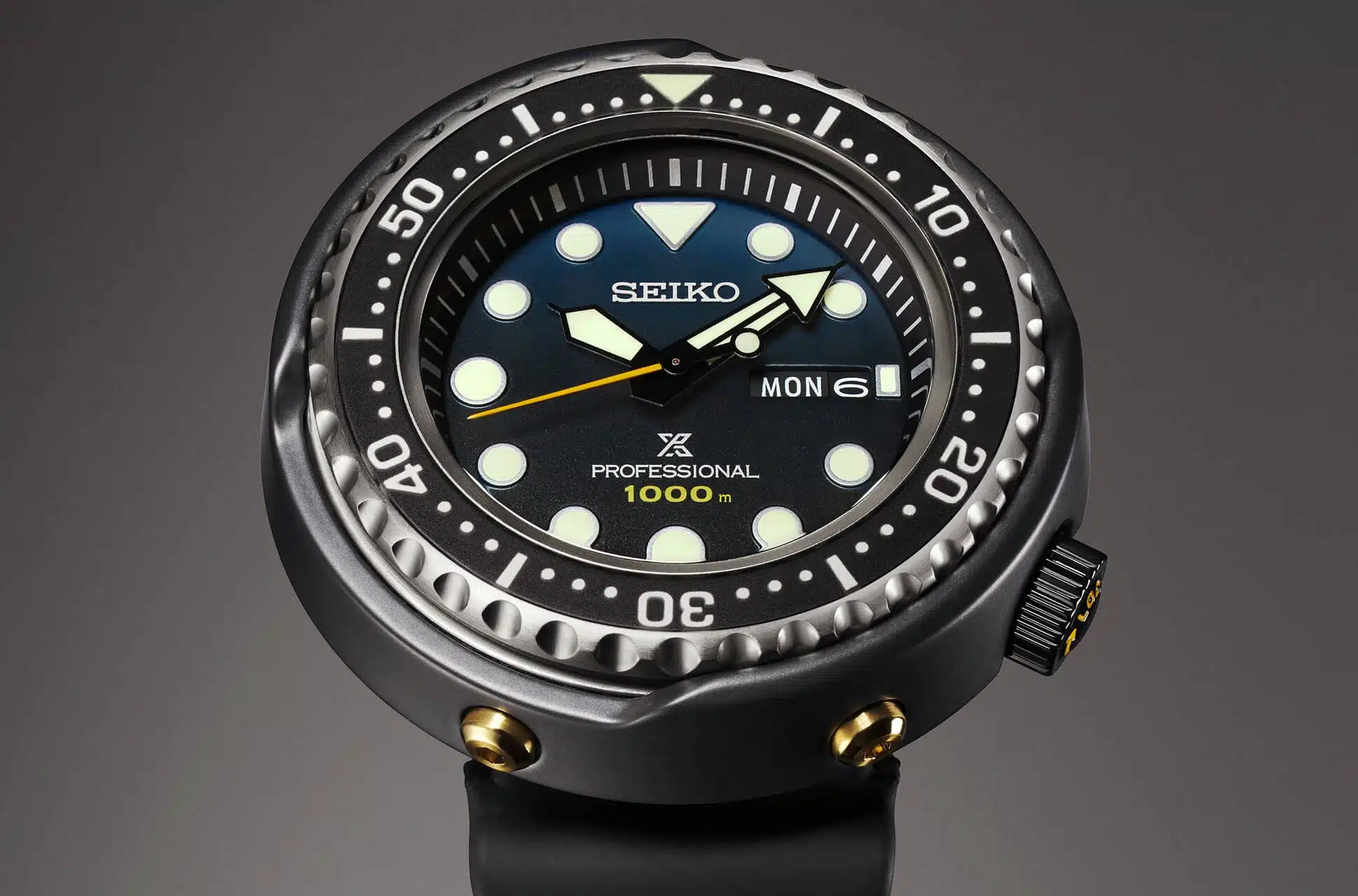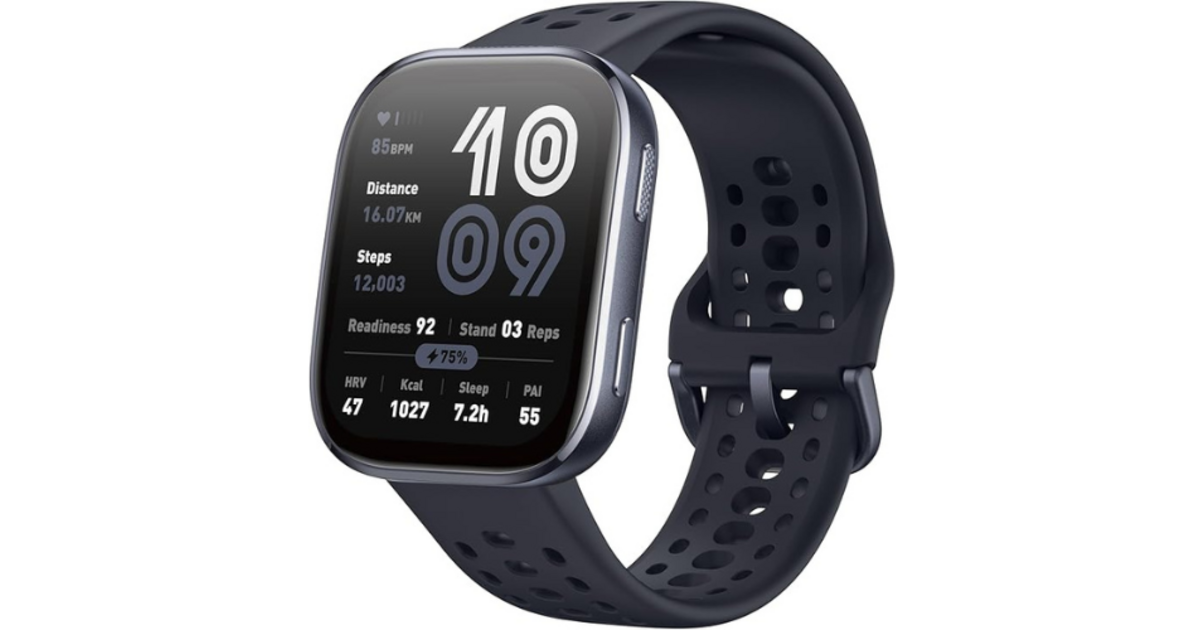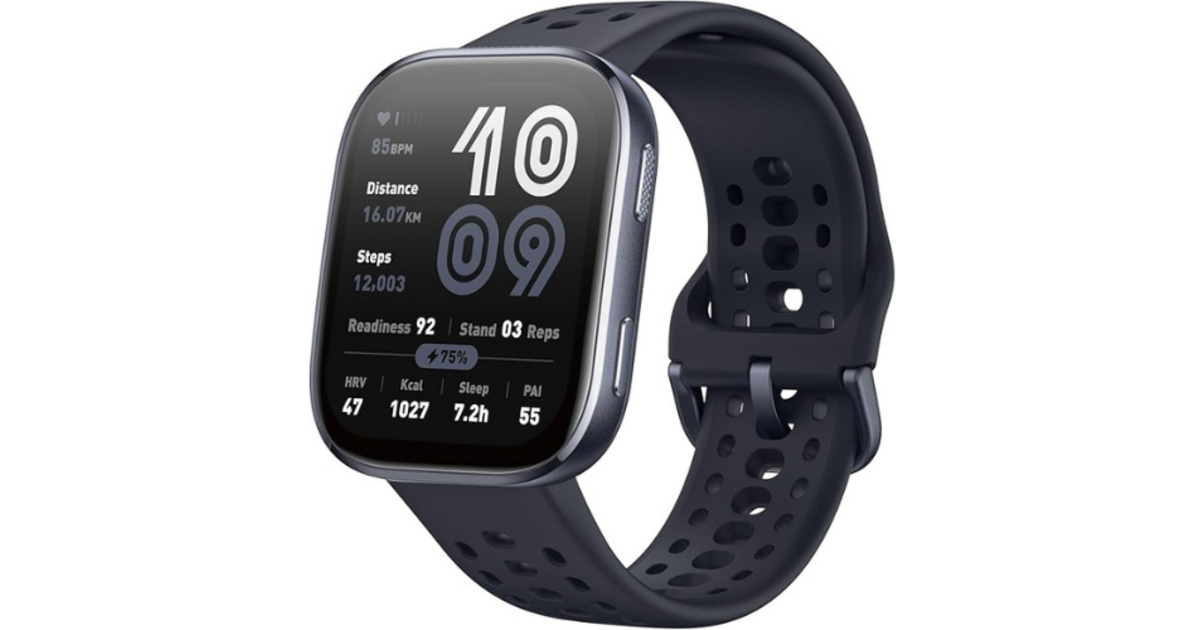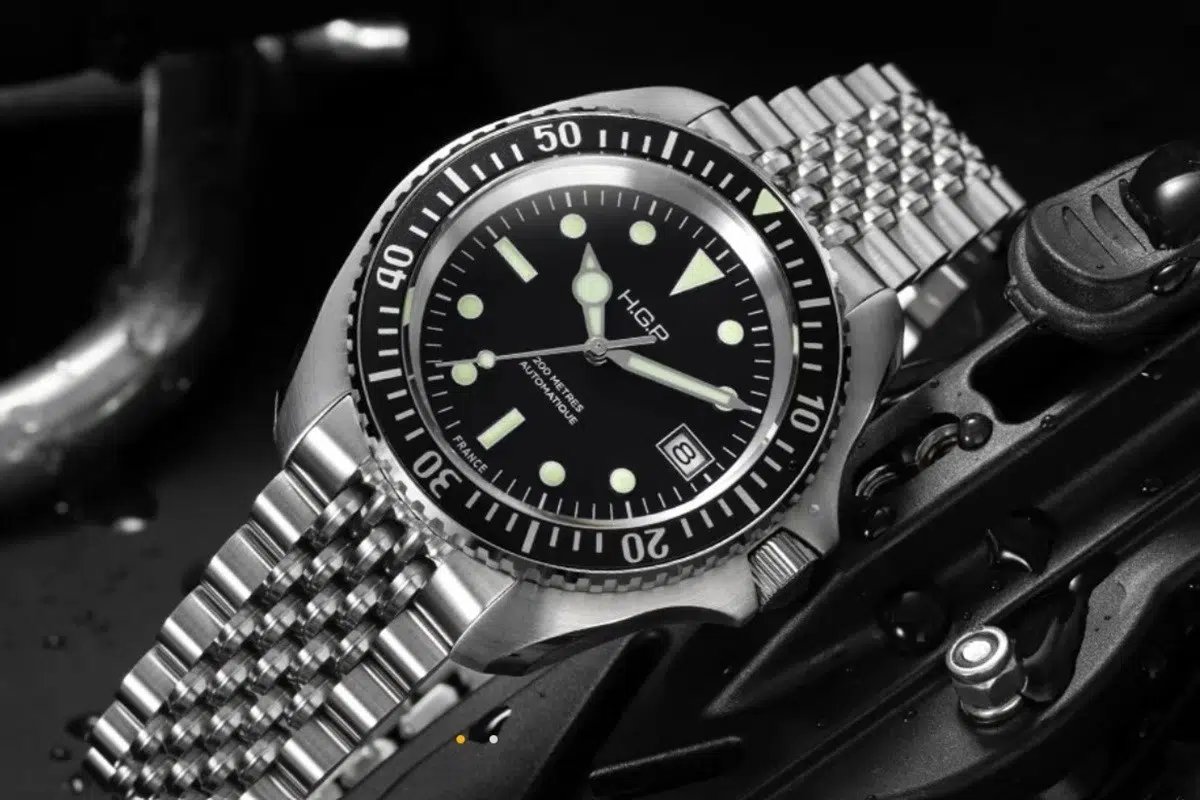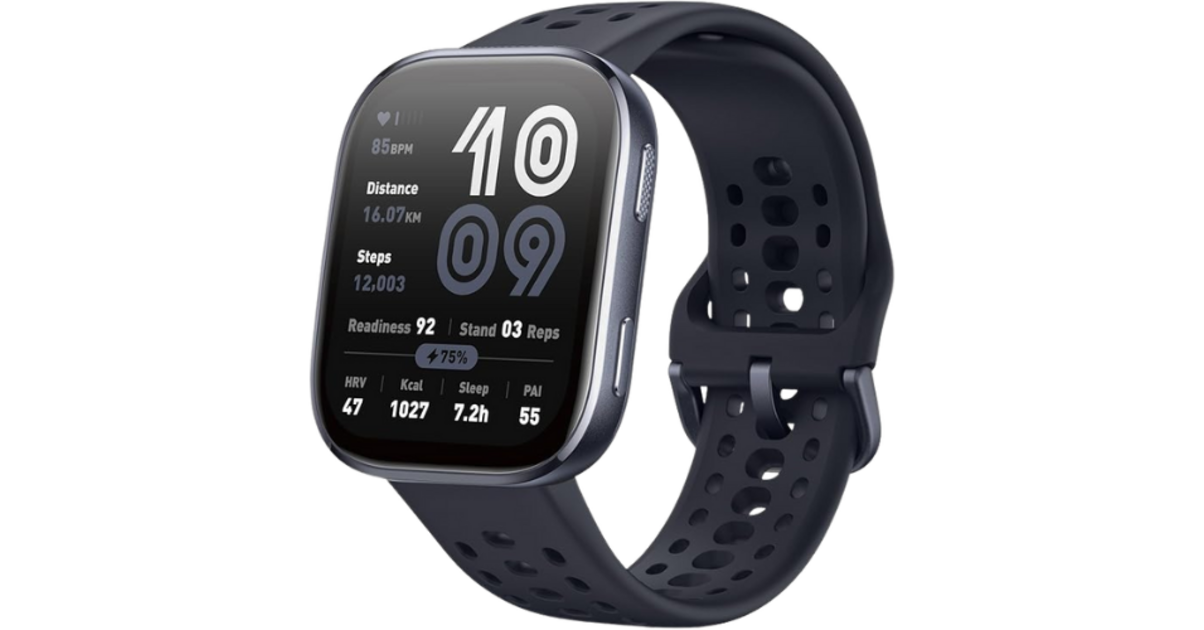User profile : Sports/adventurer looking for an indestructible watch for mountain biking, hiking and brutal daily use. Choice motivated by the resistance/price ratio (around 100-150 €). Daily port for 6 to 12 months depending on testimonies.
See the G-Shock GA-100-1A1ER and the opinions on Amazon
First contact and installation
Unpacking : Sober metal housing, minimum accessories (multilingual instructions). Initial impression of robustness, but matt plastic sensitive to micro-scratches.
Handling : Complex menu (8 buttons) requiring 30-45 min of initial setting. Low LED backlight (amber), not very effective in full sun.
Real test vs promises
Confirmed forces ::
-
Extreme survivor: fall of the 4ᵉ floor, violent shock in mountain biking, marine immersion.
-
Useful functions: Chrono 1/1000s (precise at ± 0.003S), 5 customizable alarms, 24 -hour countdown.
Notable differences ::
-
Failive night visibility: illegible red needles without light, low photoluminescent indices.
-
Bulky size: 51.2mm unsuitable for wrists.
Sustainability : Terned resin after 4 months of intensive use, striped bracelet but structurally intact.
Key points for the buyer
Target audience ::
-
Soldiers, firefighters, riders
-
Sedentary/minimalist style
Alternative ::
-
GA-2100: more compact, better visibility (white index models)
-
Gab2100: Bluetooth + Solar (additional cost 30%)
Value for money : Correct for the G-Shock entry-level, but competed by the DW-5600 (same functions + better readability).
Cash verdict
Major assets ::
-
Quasi-indestructible resistance (MIL-STD-810G standard)
-
Hyper precise chronograph
-
Price/reliability ratio
Crumbling defects ::
-
Catastrophic readability in low light
-
Excessive congestion
-
Limited battery autonomy (2 years vs 10 years on solar models)
Recommendation : Only for users exposed to extreme conditions, ready to sacrifice aesthetics and comfort. For urban use, favor models with a positive digital display.
Based on 12 user and testing testimonies in real conditions.
